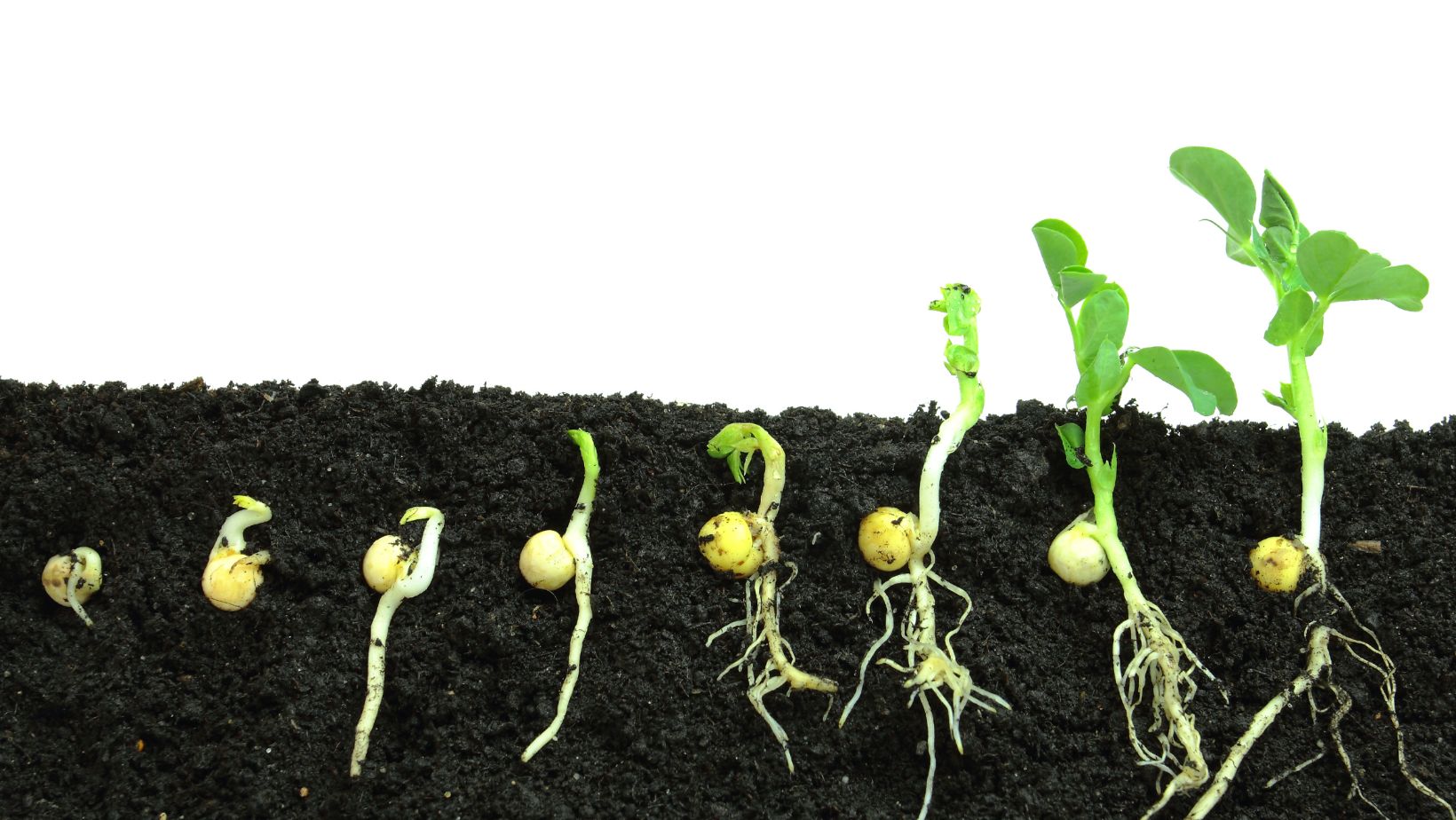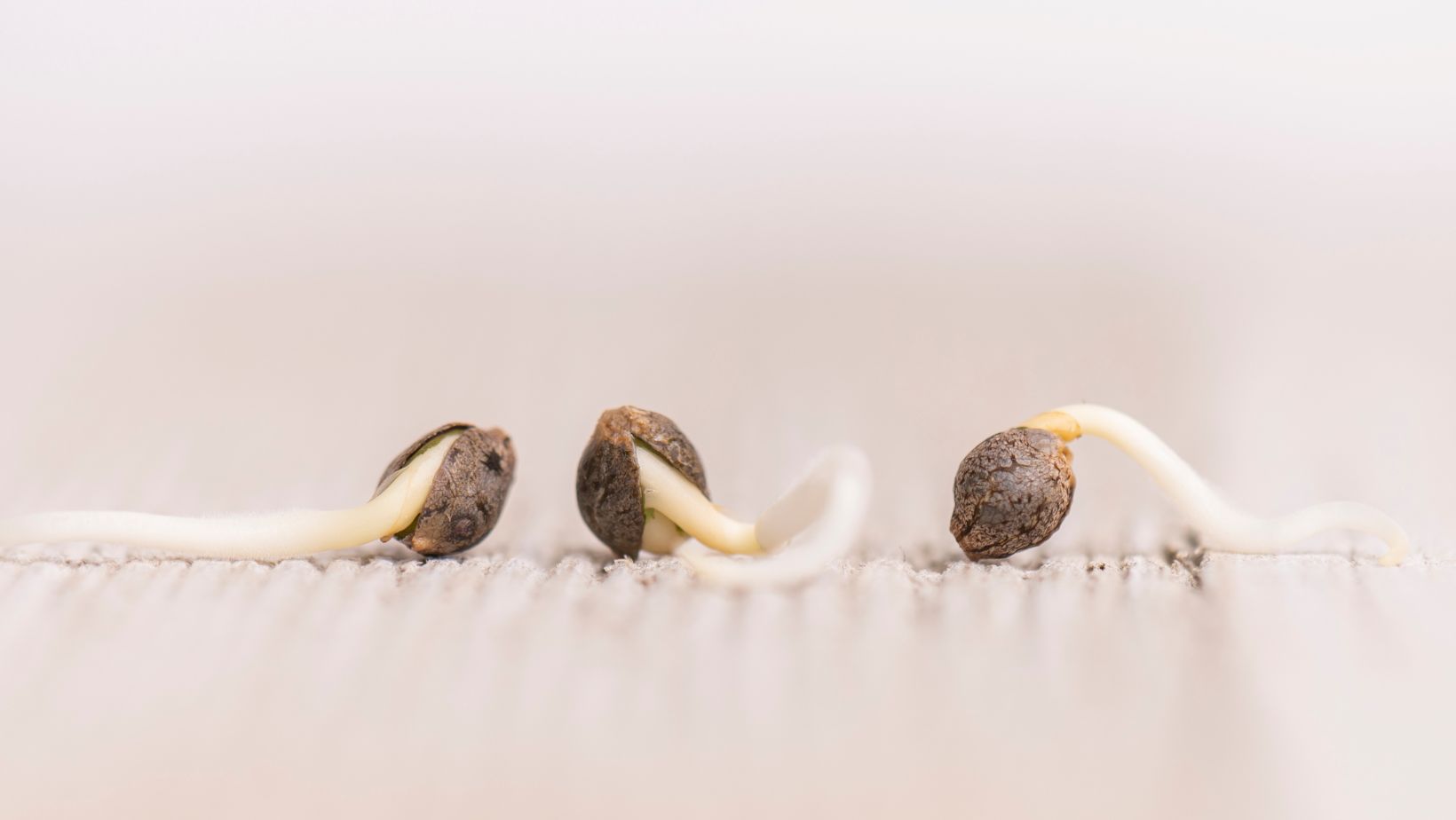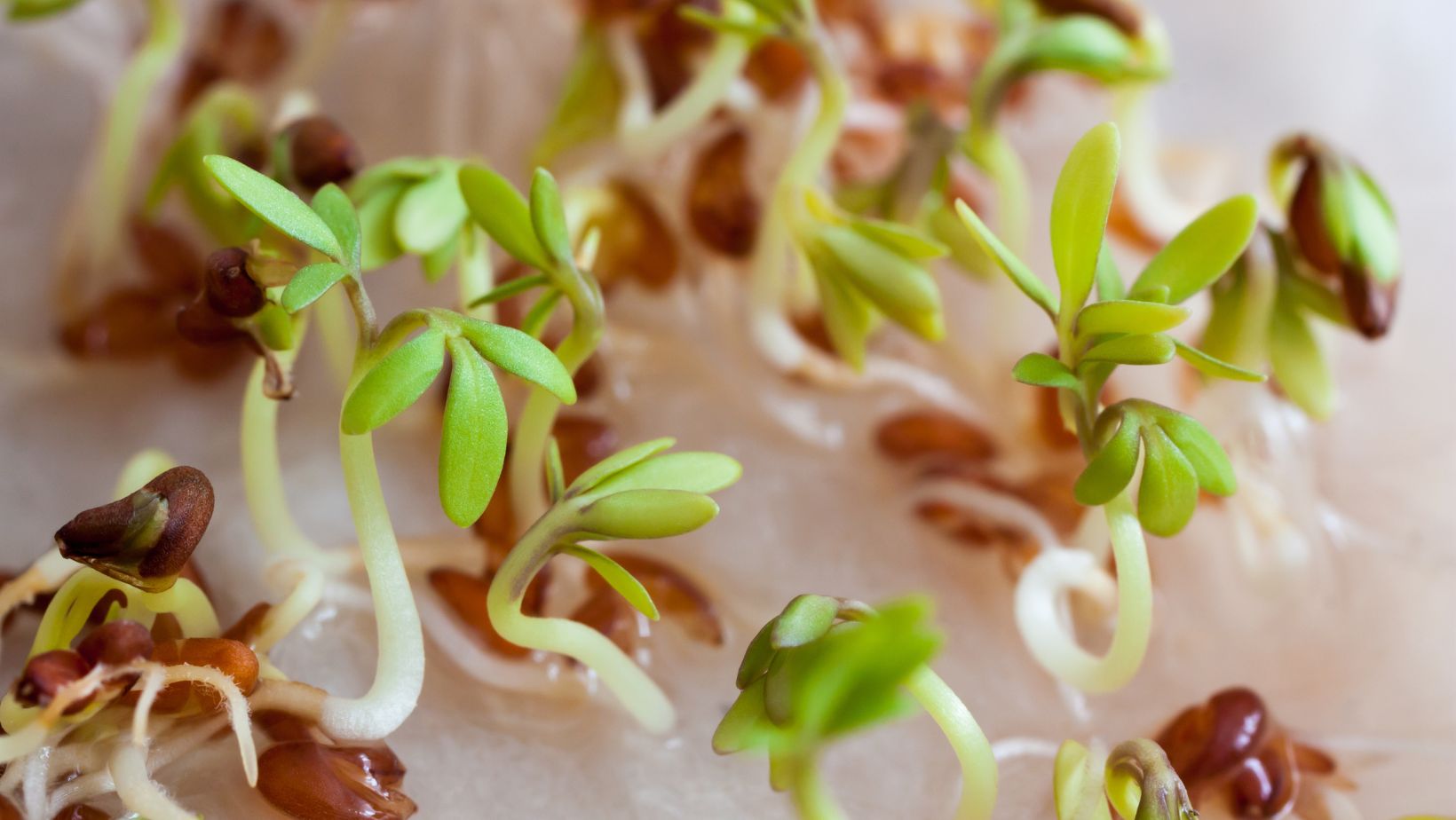Troubleshooting Germination Problems: Common Issues and Solutions

The successful germination of seeds is a critical milestone in the journey of plant cultivation. However, even experienced gardeners and farmers encounter germination issues from time to time. Understanding the common problems that can arise during germination and having effective solutions at hand can make a significant difference in the success of your crops.
In this comprehensive guide, we will explore some of the most frequent germination problems and provide practical solutions to help you troubleshoot these issues and achieve healthy seedlings.
Inadequate Seed Quality
Problem: One of the primary reasons for poor germination is low-quality seeds. Seeds that are old, damaged, improperly stored, or obtained from unreliable sources may have reduced viability.
Solution:
- Source High-Quality Seeds: Always obtain seeds from reputable suppliers known for their quality seeds.
- Perform a Germination Test: Before planting, conduct a germination test on a small sample of seeds to determine their viability.
Improper Planting Depth
Problem: Planting seeds at the wrong depth can hinder germination. Some seeds need light to germinate, while others require darkness.
Solution:
- Follow Seed Packet Instructions: Consult the instructions on the seed packet for planting depth guidelines.
- Light-Dependent Seeds: For seeds that require light, simply press them onto the soil surface without covering them with soil.
Incorrect Soil Temperature
Problem: Seeds have specific temperature requirements for germination. Planting seeds in soil that is too cold or too hot can lead to poor germination.
Solution:
Use a Soil Thermometer: Measure the soil temperature at the planting depth. Adjust planting time to coincide with the optimal temperature range for the specific seeds you are planting.
Provide Soil Heating: In cooler climates, consider using soil heating mats or cables to maintain the desired temperature.
Inconsistent Moisture Levels
Problem: Fluctuating moisture levels can prevent seeds from germinating properly. Inadequate or excessive moisture can both be detrimental.
Solution:
- Water Consistently: Keep the soil consistently moist but not waterlogged. Use a fine mist or spray to water seeds gently.
- Cover with a Plastic Dome: To maintain consistent moisture levels, cover the planting area with a plastic dome or plastic wrap until seedlings emerge.
Damping-Off Disease
Problem: Damping-off is a fungal disease that can affect seedlings. It causes the seedlings to wilt, rot at the base, and eventually die.
Solution:
Use Sterile Soil: Plant seeds in a sterile seed-starting mix to reduce the risk of fungal infection.
Good Air Circulation: Provide adequate ventilation and air circulation around seedlings.
Avoid Overwatering: Ensure that soil is well-draining and avoid overwatering, as excess moisture promotes damping-off.
Poor Soil Drainage
Problem: Soil that doesn’t drain well can lead to waterlogged conditions, which can suffocate seeds and lead to root rot.
Solution:
- Amend Soil: Improve soil drainage by adding organic matter, such as compost or perlite.
- Use Raised Beds: Planting in raised beds or containers with well-draining soil can prevent waterlogged conditions.
Overcrowding
Problem: Planting too many seeds too closely can lead to overcrowding, which results in competition for nutrients, space, and light.
Solution:
- Thin Seedlings: Once seedlings have grown a few inches tall, thin them to the recommended spacing indicated on the seed packet.
- Transplant: If you have too many seedlings, consider transplanting some to another location.
Pests and Wildlife
Problem: Pests like birds, rodents, and insects may disturb or eat seeds or seedlings.
Solution:
- Use Protective Measures: Employ protective measures such as netting, row covers, or fencing to keep pests and wildlife away from your planting area.
- Apply Organic Pest Control: Use organic pest control methods like neem oil or diatomaceous earth to deter insects.
Low Light Conditions
Problem: Some seeds require ample light to germinate. Planting in areas with insufficient light can lead to poor germination.
Solution:
- Select Adequate Location: Choose a planting location with the right amount of sunlight for the specific seeds you are planting.
- Provide Supplementary Light: In indoor settings, use grow lights to provide sufficient light for germination.
Nutrient Deficiencies
Problem: Seeds rely on stored nutrients for initial growth. Soil lacking essential nutrients can hinder germination and early growth.
Solution:
- Prepare Nutrient-Rich Soil: Prior to planting, amend the soil with well-rotted compost or a balanced organic fertilizer to ensure adequate nutrients are available.
- Use Starter Fertilizer: Consider using a specialized starter fertilizer for seedlings.
Planting at the Wrong Time
Problem: Planting seeds too early or too late in the season can result in poor germination due to unfavorable weather conditions.
Solution:
- Consult a Planting Calendar: Refer to local planting calendars or consult with gardening experts to determine the best time to sow your seeds.
- Provide Protection: If you must plant early or late, use protective measures like row covers or cloches to shield seedlings from extreme weather.
Lack of Scarification or Stratification
Problem: Some seeds have hard seed coats that require scarification (scratching or sanding) or stratification (cold treatment) to break dormancy and germinate.
Solution:
- Follow Seed Instructions: Refer to the seed packet or reliable sources to determine if scarification or stratification is necessary for the seeds you’re planting.
- Perform Required Treatment: If needed, scarify or stratify seeds according to recommended methods.
Conclusion
Germination problems can be frustrating for both experienced and novice gardeners, but with a little knowledge and careful attention, most issues can be resolved or prevented. Remember that different seeds have unique requirements, so it’s crucial to research and follow specific guidelines for each type of plant you’re growing.
By addressing common germination problems promptly and implementing the recommended solutions, you can ensure healthier seedlings and a more successful gardening experience. Discover the perfect way for beginners to germinate cannabis seeds on blog resources. Our guide encompasses all the vital information. Let’s start digging.
-
Personal Finance8 months ago
How Do I Find My UCAS ID Number?
-
Success6 years ago
Consistency: The Key Ingredient to Success
-
Uncategorized8 months ago
What Does Conditionally Approved Mean For An Apartment?
-
Motivation3 years ago
How To Become a More Organized Person?
-
Others4 years ago
Work Health and Safety: 8 Reasons to Maintain a Clutter-free Office
-
Entrepreneurs4 years ago
Why Diversity is Key in Business Marketing
-
HK Pools8 months ago
The HK Pools Forum Comunity Jos Markotop 2D Warna Kuning – A Great Way to Stay Connected
-
Sport1 year ago
What Makes Soccer Betting So Great?





























